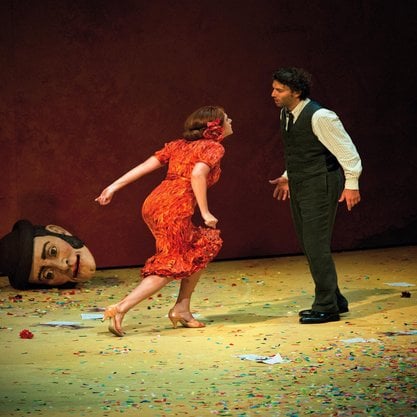Article
Lynching Drama By Stephens-Lorenz, Judith
Article
Lynching dramas reflect the brutal history of racial violence in which black individuals, primarily black men, were murdered by a white mob with no repercussions for the murderers. This is the particular form of lynching that became a systematic feature of black–white race relations in the United States after 1865 (when slavery was outlawed in the US Constitution) and that lynching dramas address. References to lynching appear in African American drama as early as 1858 (The Escape; or a Leap for Freedom by William Wells Brown), but lynching drama developed as a form when playwrights (both black and white) moved beyond brief references and focussed on a specific lynching incident (Granny Maumee by Ridgely Torrence, 1914).


